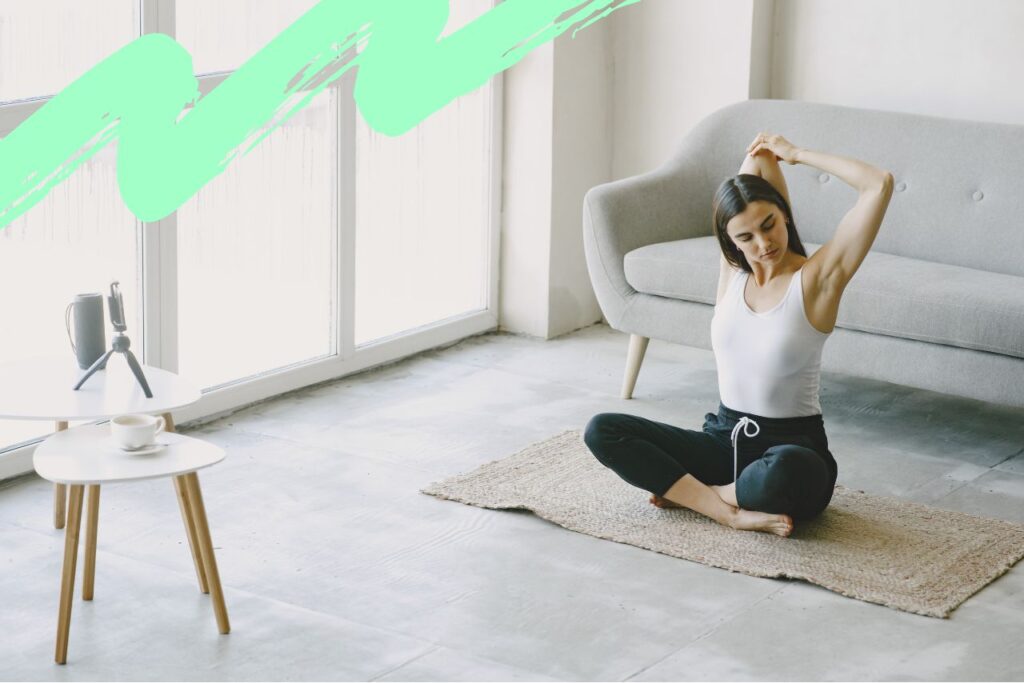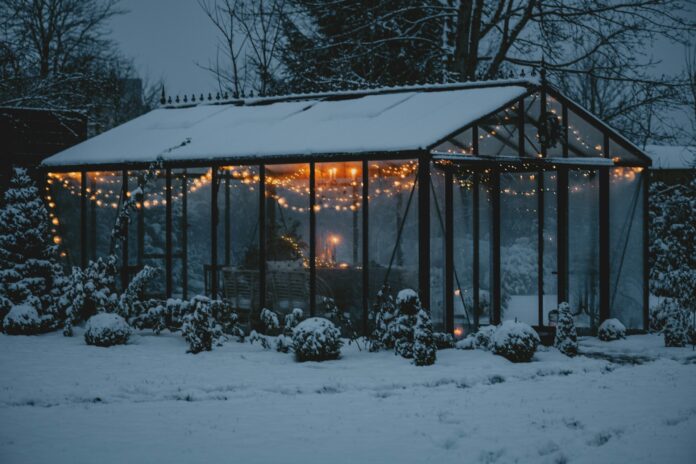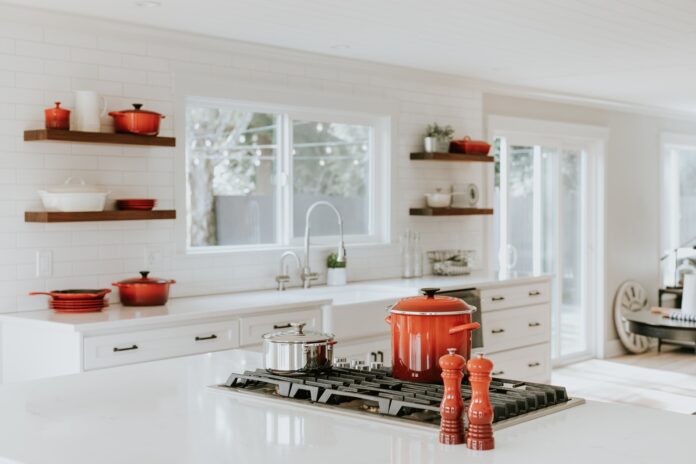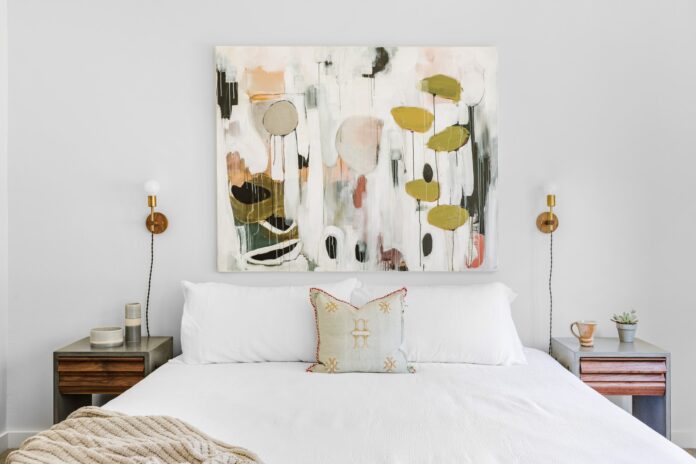The last two years have seen seismic changes in the way we engage with our domestic spaces. As millions of people saw themselves confined to their homes, many started to reflect on how they could improve their spaces and create more balance in their lives.
Since then, garden rooms have been trending online with increasing voracity, and even now, as the pandemic begins to – hopefully – fade, many Brits have been showing a keen interest in erecting dedicated, isolated exterior spaces, whether for remote work purposes, moments of leisure, or even a home gym or a relaxing summer retreat.
There is also no shortage of articles online presenting garden room ideas that leave us dreaming of that perfect, idyllic space, and we’re just about to add to that treasure trove. Here are some key things to think about before buying a garden room.
Added Value
Given the events of the last two years, this repurposing of domestic spaces is hardly surprising. Representing a cost-effective alternative to traditional home extensions – average price predictions for garden rooms start at £3’400 – garden rooms have provided homeowners across the UK with some respite from sometimes claustrophobic domestic spaces during the pandemic. With working from home set to continue long after the pandemic has been bested, interest in garden rooms remains high.
But that added value is only exploited to its full potential if the primary purpose of the garden room is clearly defined, rather than it simply becoming another storage space.
Consider The Room’s Primary Purpose
Garden rooms come in many forms, shapes, and materials. As such, what you should consider first and foremost is the purpose of the room. The requirements will vary on your needs and wishes. How much space do you need? Just enough for a desk, a chair, and a few more office items? What about if you want to build that longtime dream home gym or yoga retreat?
On the other hand, you might want a space that can serve multiple purposes, or that can adapt to new needs through time. And don’t forget to consider the electricity supply and if you will need an internet connection in the garden room. Speaking of which…

Technical & Structural Considerations
You should start to think about all the technical features that your garden room should have before you settle on its location within your garden.
Regardless of your budget, a sturdy core structure is essential, as it will assure the structural integrity of the room. Make sure insulation in the floor, walls and roofs is dealt with – you will probably need double glazing for windows and doors. Breather membranes are another essential element, as they control the moisture that goes through the core structure of the building.
Electricity provision also needs careful thought. Depending on how you plan to use your garden room, you’ll probably need to provide it with a power source. The type of power source you use should comply with building regulations. You’re going to need an SWA cable installed, running from your property to the space, in order to provide your garden room with that essential WiFi connection and charging sockets. It’s best to defer to a professional electrician on this one.
You’ll first need to ensure that your garden room is waterproof, or a professional electrician won’t be able to complete the job. Look for an electrician who is a member of a recognised body such as NICEIC, to ensure their work is up to scratch.
And, last but not least, make sure the exterior is resistant. Picking a design with durable cladding and a long-lasting roof covering will ensure that the garden room will last for many years on low maintenance.
Light & Shade
Think about how much outdoor space you are willing to spare for your garden room; you still want to enjoy your actual garden, after all!
Remember, bigger doesn’t always mean better – especially if your outdoor space is not that large. A large room can also cast too much permanent shade on the garden. And, speaking of shade, don’t forget to consider the placement of the room in relation to the sun – you’ll want the windows of your garden room to be receptive to natural light at the time you’re most likely to be using it. Should you be a morning person, keen to catch up on emails in your dedicated home office, then you’ll want east facing windows in your garden room, for instance.
Planning Permission
Being classed as outbuildings, most garden rooms don’t require planning permission, but there are a few exceptions that you should be aware of.
In short, garden rooms must be constructed 2.0m away from the property’s boundary with a maximum overall height of 2.5m from the existing ground level. A single-storey garden building can have a maximum eave height of 2.5m, with a maximum overall height of 4.0m for a dual-pitched roof and 3.0m for a pent-roofed building. Planning permission will be needed if the overall height exceeds these roof heights.
The Bottom Line
Now that you have a checklist of the main aspects to consider before breathing new life (and seclusion!) to your outdoor space, it’s time to get inspired! Browse quality garden rooms on this website to check out a whole range of different shapes and sizes, and don’t be afraid to contact their team of experts to assuage any additional doubts.
And speaking of getting inspired, check out these working from home office ideas, from garden rooms to orangeries.





